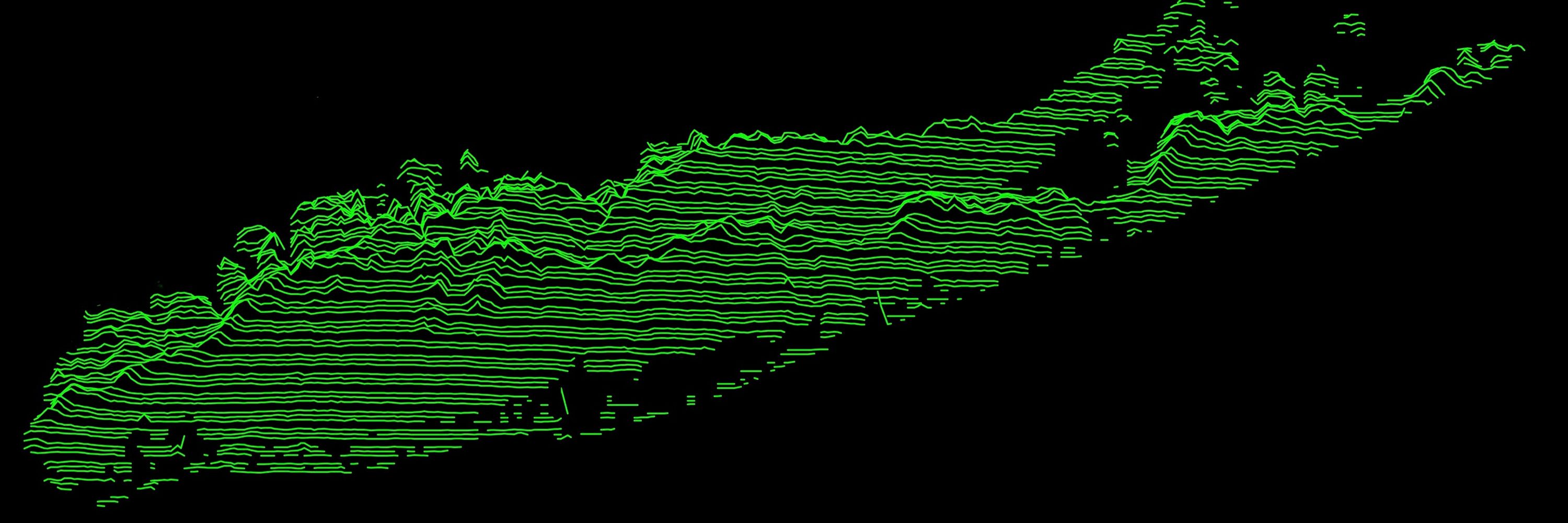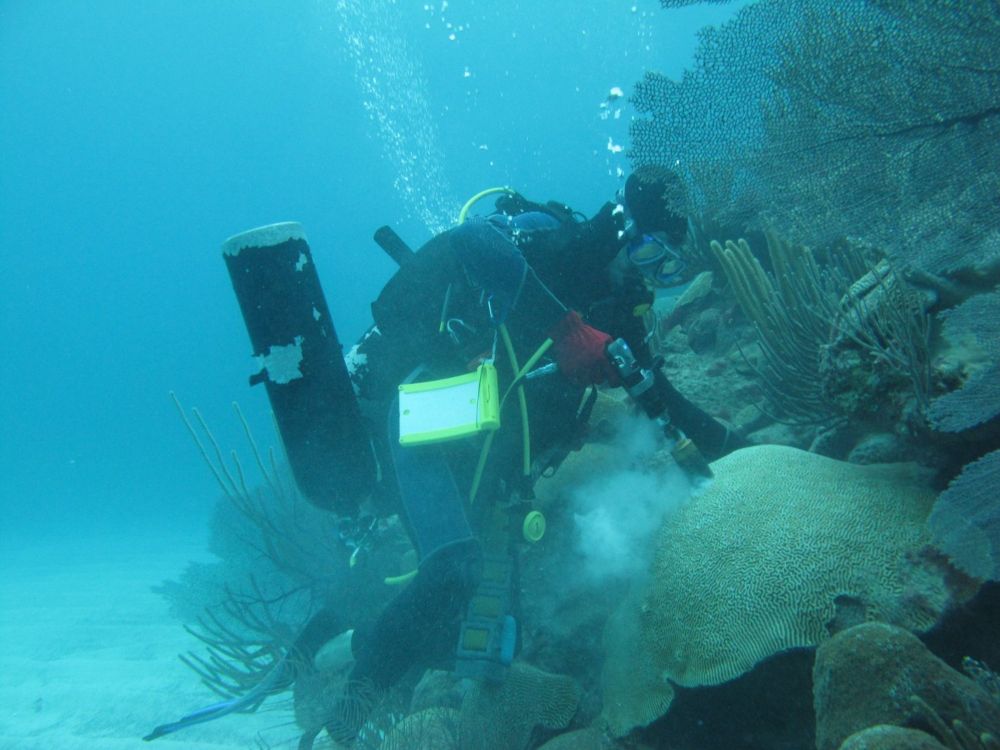
Troy, NY
He/Him
https://plummquat.github.io/IanPlummer/
We explore the role that distant ENSO teleconnections to the North Atlantic have in interrupting the dynamics that link the NAO to winter SST variability in the Red Sea.
Spoiler: they play a huge role!
link.springer.com/article/10.1...
#climate





GOTHAM FC are the 2025 NWSL Champions! 💙🖤
A clutch finish from Rose Lavelle sealed the 1–0 win and the crown. A night written into club history.
YOUR 2025 CHAMPIONS. ✨

GOTHAM FC are the 2025 NWSL Champions! 💙🖤
A clutch finish from Rose Lavelle sealed the 1–0 win and the crown. A night written into club history.
YOUR 2025 CHAMPIONS. ✨




1st nationwide assessment of vanished glaciers:
>40% of the glaciers inventoried in 1973
~13% (47±3 km²) of total glacier area loss! 🧊🔥
But, as it is based on the latest inventory (from 2016), the actual figures are far much higher! 📈 😰

1st nationwide assessment of vanished glaciers:
>40% of the glaciers inventoried in 1973
~13% (47±3 km²) of total glacier area loss! 🧊🔥
But, as it is based on the latest inventory (from 2016), the actual figures are far much higher! 📈 😰
Presented by Google Pixel

Presented by Google Pixel




journals.ametsoc.org/view/journal...
images from here since the orgininal resolution is low www.weather.gov/mqt/fitz_res...


journals.ametsoc.org/view/journal...
images from here since the orgininal resolution is low www.weather.gov/mqt/fitz_res...

⬇️
⬇️
How would a major hurricane that hit Jamaica in 1903 be different today, in a warmer world?
It would drop more rain. (At least)
climatelabbook.substack.com/p/a-damaging...

How would a major hurricane that hit Jamaica in 1903 be different today, in a warmer world?
It would drop more rain. (At least)
climatelabbook.substack.com/p/a-damaging...
The Diocese of Buffalo said Bishop Fisher met with the Pope on Monday to discuss the ongoing bankruptcy filing, among other issues.
Pope Leo was said to have "expressed his gratitude for this symbol of hometown pride." #billsmafia

We explore the role that distant ENSO teleconnections to the North Atlantic have in interrupting the dynamics that link the NAO to winter SST variability in the Red Sea.
Spoiler: they play a huge role!
link.springer.com/article/10.1...
#climate
We explore the role that distant ENSO teleconnections to the North Atlantic have in interrupting the dynamics that link the NAO to winter SST variability in the Red Sea.
Spoiler: they play a huge role!
link.springer.com/article/10.1...
#climate

We explore the role that distant ENSO teleconnections to the North Atlantic have in interrupting the dynamics that link the NAO to winter SST variability in the Red Sea.
Spoiler: they play a huge role!
link.springer.com/article/10.1...
#climate
We explore the role that distant ENSO teleconnections to the North Atlantic have in interrupting the dynamics that link the NAO to winter SST variability in the Red Sea.
Spoiler: they play a huge role!
link.springer.com/article/10.1...
#climate

There is a clear way of knowing that this is human-caused climate change.
@slapointewx.bsky.social walks you through the data 🔽
#ClimateMatters
youtu.be/EofLTRuKU8o?...

There is a clear way of knowing that this is human-caused climate change.
@slapointewx.bsky.social walks you through the data 🔽
#ClimateMatters
youtu.be/EofLTRuKU8o?...




